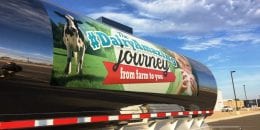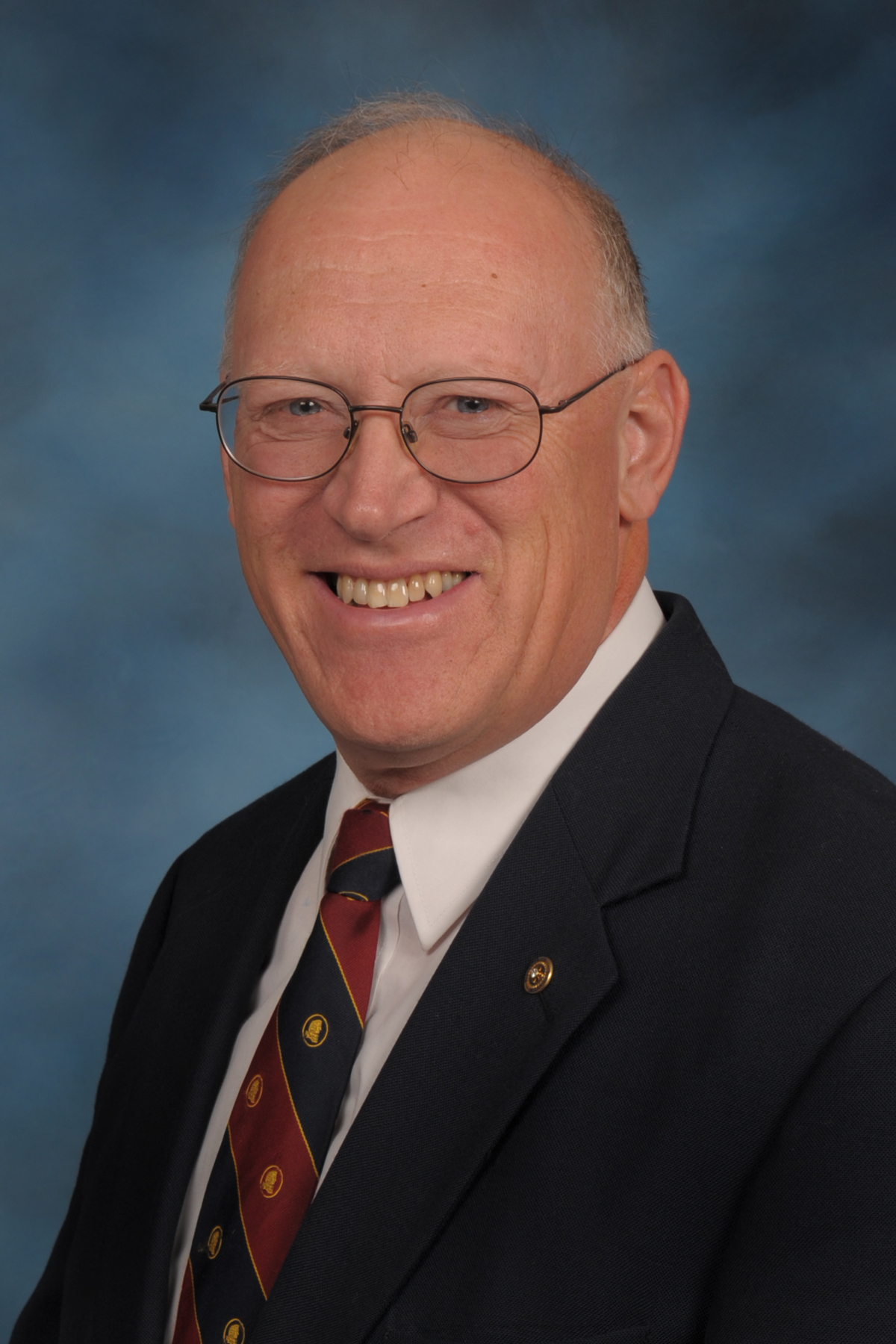Production leads to processing which leads to progress. That is the desired path of value-added economic development. It was true for the Kansas beef industry in the 1980s and 1990s, and it is now coming true in the Kansas dairy industry. Milk  production in western Kansas has grown to the point that new milk processing capacity has developed there as well.
production in western Kansas has grown to the point that new milk processing capacity has developed there as well.
Last week we learned about the western Kansas Rural Economic Development Alliance, or wKREDA, which works on various regional issues including growing the dairy industry in western Kansas. Many of the leaders of wKREDA had seen the boom in jobs which resulted from the growth of meatpacking in the region during the 1980s and `90s. It was a long progression. The production of irrigated feed grain led to the creation of concentrated cattle feeding. Then the packing plants wanted to be close to the source of production, and large beef packing facilities were built in southwest Kansas.
Production led to processing which led to lots of jobs and population growth. During the 25-year period from 1971 to 2007 – while most rural counties lost population – Ford, Finney and Seward counties in southwest Kansas grew faster than Kansas City and Wichita.
This model of value-added growth led regional leaders to look for another engine for development. In the early 1990s, the dairy industry was identified as a possibility.
Clare Gustin of Sunflower Electric Power Corporation in Hays was one of those involved in the dairy recruitment process. She said that businesses and communities made significant commitments to attract dairies. Rural electric cooperatives such as Pioneer Electric and Wheatland Electric Cooperative offered financial bonuses to the first dairies to locate in their territories. “There was a banker at Syracuse who was one of the early leaders in recruiting the dairies,” Clare said. Syracuse is a rural community of 1,812 people. Now, that’s rural.
Syracuse and other western Kansas communities were successful in attracting dairies. Large dairy farms came to Kansas and others grew. According to the National Agricultural Statistics Service, milk production in Kansas has doubled since 1994. The next step in the value-added model was for that production to lead to processing which creates jobs and economic activity.
“The whole goal was to get processing,” Clare said. “It was a chicken-and-egg thing,” she said. “The producers wanted nearby processing and the processing plants needed the producers.”
Lona DuVall is president and CEO of Finney County Economic Development and current chair of the wKREDA dairy committee. “Our dairy producers had done their part,” Lona said. “But they were losing efficiencies because they had to ship their milk so far away. We wanted to attract milk processing to our region.”
Just as in the beef industry, it made sense for the processing to move closer to the source of the product. In April 2011, Lona called on the nation’s largest dairy cooperative, Dairy Farmers of America, with headquarters in Kansas City. She encouraged them to invest in a processing plant in southwest Kansas.
DFA did a comprehensive market study and eventually committed to build a processing plant in Garden City. “I can’t say enough about how great they were,” Lona said.
In fall 2017, the new state-of-the-art DFA milk processing plant opened. This plant is operating 24 hours a day and daily receives 80 truckloads of milk.
When people think of southwest Kansas, they sometimes worry about whether there will be enough water supply. In this case, the plant is generating water, not using it up. The plant converts fluid milk into powdered milk for export, which means that excess water is a byproduct of the process. The plant generates nearly 800,000 gallons of water per day which can be recycled and used in a region which needs it.
Production leads to processing which leads to progress. We commend Clare Gustin, Lona DuVall, and all those involved in dairy recruitment for making a difference in the region’s economy. It has been quite a project.
And there’s more. Growth has also come about from other industries. We’ll learn about that next week.
Audio and text files of Kansas Profiles are available at http://www.kansasprofile.com. For more information about the Huck Boyd Institute, interested persons can visit http://www.huckboydinstitute.org.
